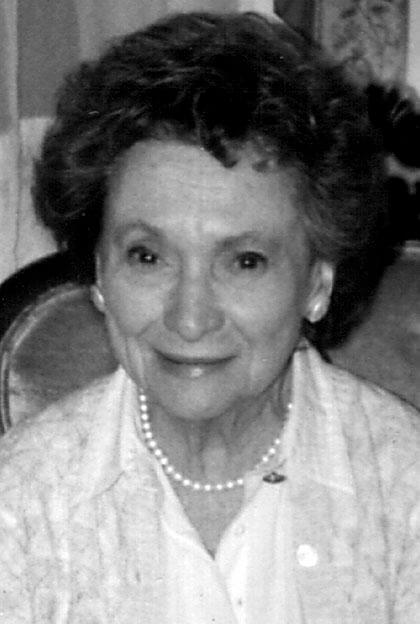By Joan Brown Wettingfeld
The Raleigh Tavern was named for Sir Walter Raleigh, who attempted in 1585 the first colonization of Virginia. The tavern’s history goes back to 1717. Sir Walter’s bust stood above the door and under it passed famous planters, merchants and leaders during what was called “Publick Times.”
Balls were sometimes held there in the early days. Among the attendees was the young Thomas Jefferson.
Painted in gilt above the mantel in the tavern’s Apollo Room was the motto “Hilaritas Sapientiae et Bonae Vitae Proles” — Latin for “jollity the offspring of wisdom and good living.” Occasionally, though balls and events took place, there were serious situations that had to be contended with. For example, when the House of Burgesses protested the Townsend Acts in 1769, then-Gov. Bobtourt reconvened the meeting at the tavern. It was then that they agreed to suspend the purchase of various items from British merchants.
Today, such an action would be described as a boycott, but that word would not be coined for another 111 years.
In 1773, Richard Henry Lee held a meeting at the tavern. Present were Jefferson, Patrick Henry and Francis Lightfoot Lee. A resolution was at that time introduced which was to create a standing Committee of Correspondence. This was to lead to the circulation of letters and communications among the various colonial legislatures and was to engender continental unity.
A second time, during the following year, then-Gov. Dunmore dissolved the House of the Massachusetts colony.
In its later history, the Marquis de Lafayette returned for an American tour and a — so-described — “feast” was given in his honor at the tavern. That was in 1824 and among the guests would be — of all combinations — John Marshall and John C. Calhoun.
Probably the last notable banquet held at the tavern was that given in 1858, when former President John Tyler and other College of William & Mary alumni were present.
The news on Dec. 16, 1859, brought the sad report that the famous tavern had been burned to the ground. The local paper reported that it had been “willfully burnt down.” Flames had also damaged two nearby stores. When the nearby Wren Building was later burned down, it was rebuilt; the Raleigh was not.
In 1926, the restoration of Williamsburg began and during the excavations in 1928 the Williamsburg Holding Co., a forerunner of Colonial Williamsburg, unearthed the foundations and artifacts of the Raleigh Tavern. Drawings from a book, “A Pictorial Field-Book of the American Revolution,” and insurance policy sketches held the clues to its precise reconstruction. There were also 18th-century inventories which aided in planning the correctness of the tavern’s refurnishing.
The newly reconstructed building was renamed the Colonial Williamsburg First Exhibition Building, once the Raleigh was dedicated Sept. 16, 1932. The local minister said in his dedication: “God bless the father, the son and the Williamsburg Holding Co.”
An entirely separate story included in the history of the Raleigh Tavern is that on Dec. 5, 1776, a group of William & Mary students gathered in the Apollo Room of the tavern and founded the Phi Beta Kappa Society, which I was fortunate enough to be elected to in my senior year at Barnard College of Columbia University.
Joan Brown Wettingfeld is a historian and freelance writer.




































